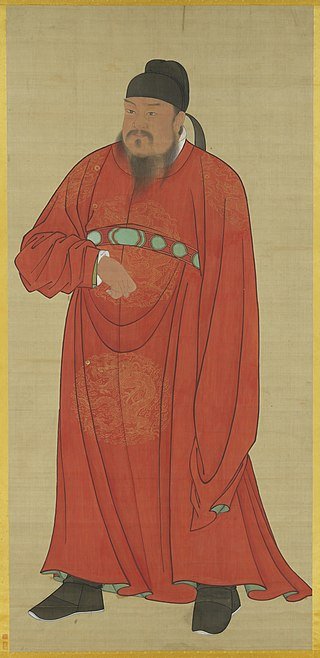The Tang Dynasty, established by Emperor Gaozu of Tang in 618 AD, was a golden era of Chinese civilization marked by territorial expansion, cultural prosperity, and political stability. It lasted until 907 AD, making it one of the longest and most powerful dynasties in Chinese history.
During the Tang Dynasty, China became the largest and most powerful nation in the world, with its influence extending across Asia. Trade along the Silk Road flourished, facilitating the exchange of goods and ideas between China and the West. The Tang Dynasty was known for its openness to foreign cultures and influences, which contributed to the development of Chinese art, science, and literature.
The Tang Dynasty was a time of great literary achievement. Poetry was particularly important, and many of China’s most famous poets, such as Li Bai and Du Fu, lived during this time. Their works are still studied and admired today. The Tang Dynasty also saw the compilation of the first complete Chinese dictionary and the creation of woodblock printing, which revolutionized the production of books.
Art and architecture flourished during the Tang Dynasty. The use of color in painting became more sophisticated, and artists developed new techniques for creating depth and perspective. Sculpture, particularly Buddhist sculpture, also reached new heights of realism and expressiveness. The famous Giant Buddha of Leshan, which was carved out of a cliff face, was completed during this period.
Buddhism was the dominant religion during the Tang Dynasty, and it had a profound influence on Chinese culture. Buddhist monasteries became centers of learning, and Buddhist art and architecture flourished. However, in the later years of the dynasty, there was a backlash against Buddhism, and many monasteries were destroyed or confiscated by the state.
Despite its many achievements, the Tang Dynasty also faced challenges. There were internal rebellions, such as the An Lushan Rebellion, which severely weakened the dynasty and led to the loss of territory. There were also external threats from nomadic tribes to the north.
Ultimately, the Tang Dynasty collapsed in 907 AD, marking the end of a remarkable era in Chinese history. However, its influence on Chinese culture and civilization continued long after its fall.
READ MORE:
